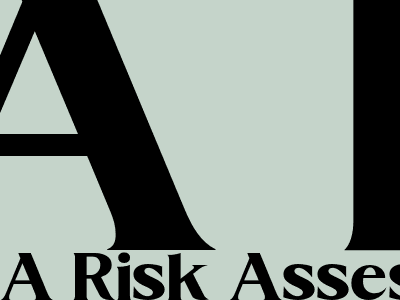
A Risk Assessment Has Identified Blocked Fire Escape Routes. How Often Should You Check Your Fire Escape Route?
A Risk Assessment Has Identified Blocked Fire Escape Routes. How Often Should You Check Your Fire Escape Route?
The Importance of Fire Escape Routes
Fire escape routes are essential for ensuring the safety of building occupants in the event of a fire. They provide a safe and accessible path of egress from a building, allowing occupants to evacuate quickly and efficiently. Regularly checking and maintaining fire escape routes is crucial to ensure their functionality and effectiveness in an emergency.
How Often Should You Check Your Fire Escape Route?
The frequency of fire escape route checks depends on various factors, including the size and complexity of the building, the number of occupants, and the potential fire hazards present. However, as a general guideline, it is recommended to conduct fire escape route checks: - **Monthly:** For small, low-occupancy buildings with minimal fire hazards. - **Quarterly:** For medium-sized buildings with moderate fire hazards. - **Annually:** For large, high-occupancy buildings with significant fire hazards.
What to Check During a Fire Escape Route Inspection
During a fire escape route inspection, it is important to check for the following: - **Clearance:** The fire escape route should be free of any obstructions, such as furniture, boxes, or debris, that could impede evacuation. - **Access:** All doors and exits along the fire escape route should be unlocked, unobstructed, and easily accessible. - **Lighting:** Emergency lighting should be operational and provide adequate illumination along the fire escape route. - **Signage:** Fire escape route signs should be clearly visible and properly illuminated. - **Emergency Equipment:** Fire extinguishers and other emergency equipment should be in place and functioning correctly.
Consequences of Blocked Fire Escape Routes
Blocked fire escape routes can have devastating consequences in the event of a fire. They can: - **Delay evacuation:** Obstructed fire escape routes can delay evacuation, increasing the risk of injury or death. - **Trap occupants:** Blocked fire escape routes can trap occupants in a building, making them vulnerable to smoke inhalation and fire. - **Hinder firefighting efforts:** Firefighters may be unable to access a building or rescue occupants if fire escape routes are blocked.
Conclusion
Regularly checking and maintaining fire escape routes is essential for ensuring the safety of building occupants in the event of a fire. By following the recommended inspection frequency and thoroughly checking for potential hazards, building owners and managers can help ensure that fire escape routes are clear, accessible, and functional, providing a safe and effective means of evacuation for all occupants.

Comments